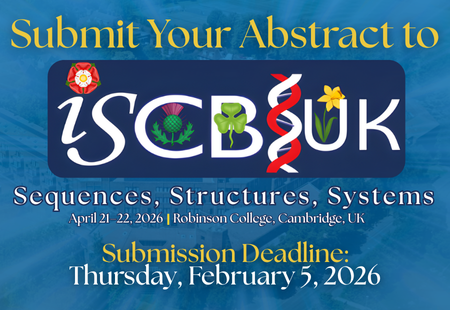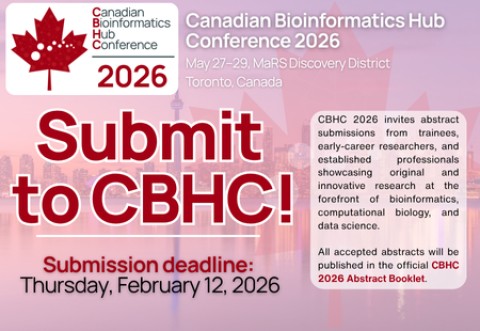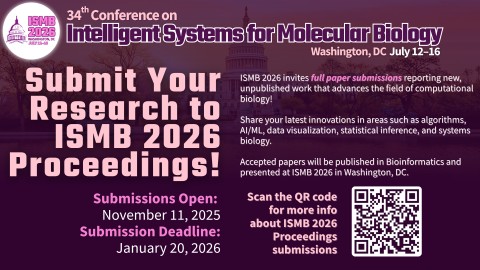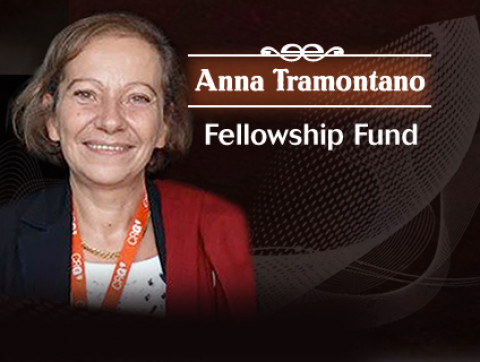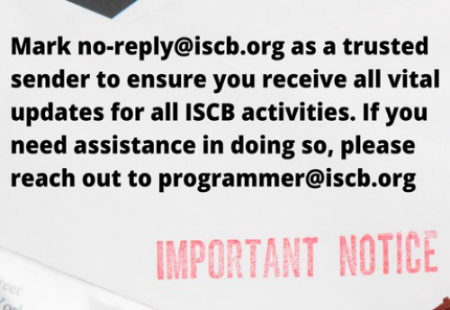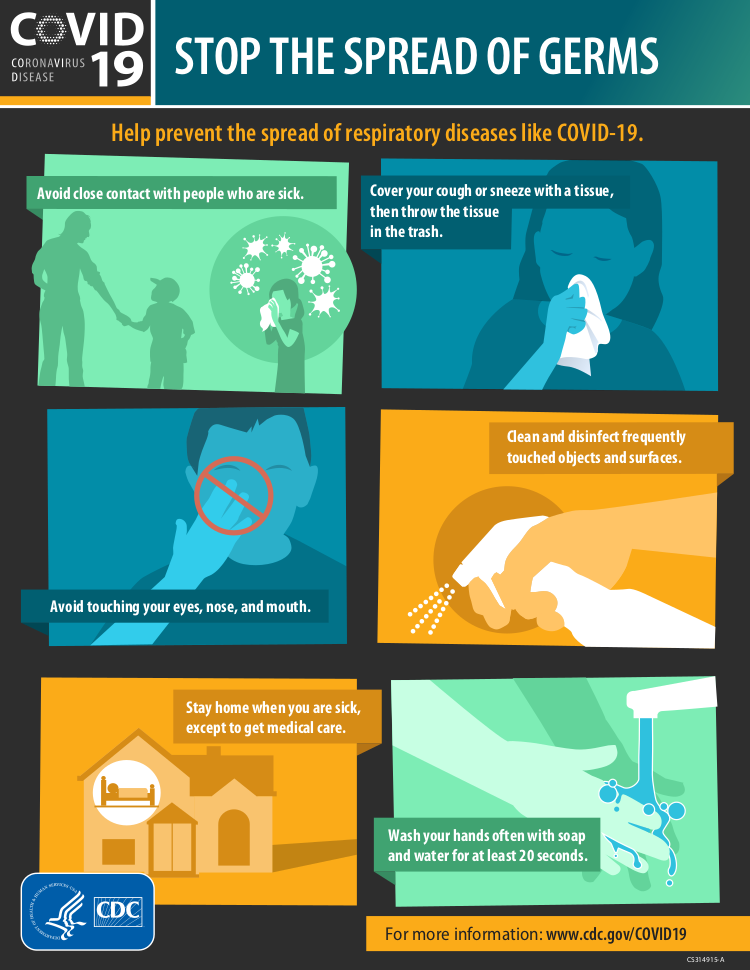Molecular Structure Subsection (21 articles)
To submit a paper to be added to the collection use the submission form.
|
| Article Title |
Publication |
| Authors |
Suggested By |
| Reason for suggesting |
| 1. SARS-CoV-2 Cell Entry Depends on ACE2 and TMPRSS2 and Is Blocked by a Clinically Proven Protease Inhibitor |
Cell - April, 2020 |
| Markus Hoffmann, Hannah Kleine-Weber, ...Stefan Pöhlmann |
COVID-19 Task Force |
| Structural study on the cell entry of the virus and its possible inhibition via the serine protease inhibitor camostat mesylate certified in Japan. |
| 2. Phylogenetic Analysis and Structural Modeling of SARS-CoV-2 Spike Protein Reveals an Evolutionary Distinct and Proteolytically Sensitive Activation Loop |
Journal of Molecular Biology - May, 2020 |
| Javier A Jaimes, Nicole M André, ...Gary R Whittaker |
COVID-19 Task Force |
| Structural modeling of the spike glycoprotein of Sars-Cov-2 and related viruses pointing out structural differences possibly affecting virus stability and transmission. |
| 3. Molecular Mechanism of Evolution and Human Infection with SARS-CoV-2 |
Viruses - April, 2020 |
| Jiahua He, Huanyu Tao, ...Yi Xiao |
COVID-19 Task Force |
| Structural study of cell entry of the virus based on protein-protein docking and molecular dynamics, pointing to a possibly high temperature-sensitivity of the effectiveness of cell entry. |
| 4. Structural basis of receptor recognition by SARS-CoV-2 |
Nature - March, 2020 |
| Jian Shang, Gang Ye, ...Fang Li |
COVID-19 Task Force |
| Crystal structure of the Sars-Cov-2 spike glycoprotein in complex with the ACE2 receptor. |
| 5. Structure, Function, and Antigenicity of the SARS-CoV-2 Spike Glycoprotein |
Cell - April, 2020 |
| Alexandra C.Walls, Young-Jun Park, ...David Veesler |
COVID-19 Task Force |
| Structural study of the Sars-Cov-2 spike glycoprotein based on cryo-EM data. Also includes experimental results on antigenicity. |
| 6. Structural and Functional Basis of SARS-CoV-2 Entry by Using Human ACE2 |
Cell - May, 2020 |
| Qihui Wang, Yanfang Zhang, ...Jianxun Qi |
COVID-19 Task Force |
| Interpretation of a crystal structure of part of the spike glycoprotein of Sars-Cov-2 complexed with the ACE2 receptor. Also reports on antigenicity experiments. |
| 7. A highly conserved cryptic epitope in the receptor-binding domains of SARS-CoV-2 and SARS-CoV |
Science - May, 2020 |
| Meng Yuan, Nicholas C. Wu, ...Ian A. Wilson |
COVID-19 Task Force |
An interesting study that illustrates how much we still need to learn about the link between antibody recognition, as revealed from structural studies, and its protective action.
For more detailed comments see Wodak S: Faculty Opinions Recommendation of [Yuan M et al., Science 2020 368(6491):630-633]. In Faculty Opinions, 03 Jul 2020; 10.3410/f.737672195.793575954) |
| 8. Crystal structure of SARS-CoV-2 main protease provides a basis for design of improved α-ketoamide inhibitors |
Science - April, 2020 |
| Linlin Zhang, Daizong Lin, ...Rolf Hilgenfeld |
COVID-19 Task Force |
| Another structural study of the Sars-Cov-2 spike glycoprotein with implications for drug design. |
| 9. Structure of the RNA-dependent RNA polymerase from COVID-19 virus |
Sciecne - May, 2020 |
| Yan Gao1, Liming Yan, ...Zihe Rao |
COVID-19 Task Force |
| Cryo-EM structural study of the viral polymerase and its interaction with its co-factors. |
| 10. Coronavirus3D: 3D structural visualization of COVID-19 genomic divergence |
Bioinformatics - May, 2020 |
| Mayya Sedova, Lukasz Jaroszewski, ...Adam Godzik |
Thomas Lengauer |
| Provides a website for visualization of viral protein structures as the Sars-Cov-2 acquires mutationswhile spreading through the human population. |
| 11. Computational Determination of Potential Inhibitors of SARS-CoV-2 Main Protease |
Computational Chemistry - June, 2020 |
| Son Tung Ngo, Ngoc Quynh Anh Pham, ...Van V. Vu |
Thomas Lengauer |
| Structure-based computational search through a ligand database of about 4600 compounds for inhibitors of the main protease of SARS-Cov-2. |
| 12. SARS-CoV-2 orthologs of pathogenesis-involved small viral RNAs of SARS-CoV |
Genomics - July, 2020
|
| Ali Ebrahimpour Boroojeny, Hamidreza Chitsaz |
Hamidreza Chitsaz |
| In this paper, we report SARS-CoV-2 small viral RNAs (svRNA) that are drug target candidates. RNA therapeuritcs can be designed to target these svRNAs. Also, study of host targets of these svRNAs can lead to understanding pathogenesis mechanisms. |
| 13. Structural insights into the binding modes of viral RNA - dependent RNA polymerases using a function - site interaction fingerprint method for RNA virus drug discovery |
Chemistry - June, 2020
|
| Zheng Zhao, Philip E. Bourne |
Zheng Zhao |
| We obtained the structural insights into RNA dependent RNA polymerase, a common component of RNA virus like COVID-19, provided two well-defined binding sites to discover the target drug. |
| 14. THE PREDICTED STRUCTURE FOR THE ANTI-SENSE SIRNA OF THE RNA POLYMERASE ENZYME (RDRP) GENE OF THE SARS-COV-2 |
Berita Biologi - April, 2020
|
| Arli Aditya Parikesit, Rizky Nurdiansyah |
Arli Parikesit |
| This article explains about the transcriptomics-based drug design for COVID-19. We utilized non(nc)RNA as a lead compound to deter SARS-CoV-2 virus. This contribution will serve to fill in the gap that currently exist in the rational drug design. |
| 15. Drug Repurposing Option for COVID-19 with Structural Bioinformatics of Chemical Interactions Approach |
Cermin Dunia Kedokteran - 2020
|
| Arli Aditya Parikesit, Rizky Nurdiansyah |
Arli Parikesit |
| This article deals with the drug repurposing efforts with bioinformatics tools. It utilizes standard structural bioinformatics tools to comprehend the QSAR, and most importantly, the protein-ligand interaction repertoire with Ligplus tools. |
| 16. The SARS-CoV-2 Exerts a Distinctive Strategy for Interacting with the ACE2 Human Receptor |
Viruses - April, 2020
|
| Esther S. Brielle, Dina Schneidman-Duhovny, Michal Linial |
Thomas Lengauer |
| This is a comparative study analyzing the molecular structure of the interactions of the viral spike protein with the human ACE2 receptor for different corona viruses. |
| 17. Exploring the structural distribution of genetic variation in SARS-CoV-2 with the COVID-3D online resource |
Nature Genetics - September, 2020
|
| Portelli, S., M. Olshansky, ...D. B. Ascher |
COVID-19 Task Force
|
| To enable easy exploration and spatial visualization of the potential implications of SARS-CoV-2 mutations in infection, host immunity and drug development, we have developed COVID-3D (http://biosig.unimelb.edu.au/covid3d/). |
| 18. Beyond Shielding: The Roles of Glycans in the SARS-CoV-2 Spike Protein |
ACS Central Science - September, 2020
|
| Casalino, L., Z. Gaieb, ...R. E. Amaro |
COVID-19 Task Force
|
| The authors present a full-length model of the glycosylated SARS-CoV-2 S protein, both in the open and closed states, augmenting the available structural and biological data. |
| 19. Emerging COVID-19 coronavirus: glycan shield and structure prediction of spike glycoprotein and its interaction with human CD26 |
Emerging Microbes & Infections - February, 2020
|
Vankadari, N. & Wilce, J. A.
|
Naveen Vankadari
|
| Novel findings of SARS-CoV-2 glycosylation pattern & its interaction with human CD26 along with ACE2 has immediate importance to vast researchers in the fight against COVID-19. Received +350 citations, Top 10 articles of 2020 & F1000 recommendation. |
| 20. Arbidol: A potential antiviral drug for the treatment of SARS-CoV-2 by blocking trimerization of the spike glycoprotein |
International Journal of Antimicrobial Agents - August, 2020
|
Vankadari, N.
|
Naveen Vankadari
|
| Potential drugs for COIVD-19 was a top priority in the world, & our finding of Arbidol that block function of the viral spike was internationally recognised. Successful clinical trials in several countries with viral clearance. Media, Grants, F1000. |
| 21. Structure of the SARS-CoV-2 Nsp1/5′-Untranslated Region Complex and Implications for Potential Therapeutic Targets, a Vaccine, and Virulence |
Journal of Physical Chemistry Letters - November, 2020
|
Vankadari, N., Jeyasankar, N. N., Lopes, W. J.
|
Jamshed Arslan
|
| Novel structure & first study showing how SARS-2 viral Nsp1 regulate self and host translation by binding to its self RNA via the bipartite mechanism for hijacking host ribosomes. This leads to potential antivirals and vaccine strategy for COVID-19. |



